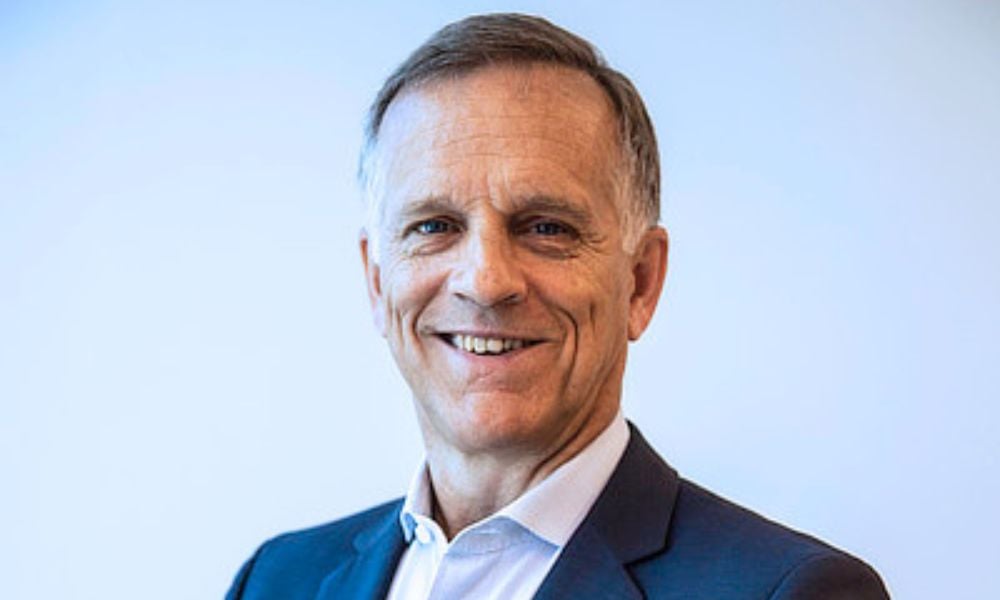'You can bring in many diverse people but unless you change the culture, what ends up happening is you onboard for conformity'

Diversity can have positive effects on an organization, but commitment to it starts at the top. Canadian HR Reporter spoke with Andrea Plotnick, senior vice-president of board and executive solutions at HR consulting firm LHH, on what a commitment to diversity brings to an organization.
Q: What can diversity in leadership bring to the organization?
A: “It's not about checking the boxes on how many different types of people that you have around the table, it’s about how you channel diversity. That's where the inclusive leadership component comes into play. It's making sure that you have the right practices in place within the organization to truly benefit from the power of diversity.
“There are loads of research that show that diversity is tied to better edge, more innovation, agility, and better decisions, because you're able to think things through from a variety of different perspectives. It prevents groupthink — where everyone is one type of person thinking along similar lines — and the pressure to conform, as opposed to being able to work issues and decisions through multiple perspectives.”
Q: How can employers ensure true diversity?
A: “You can bring in as many diverse people as you want but unless you do something to change the culture, what ends up happening is you hire for diversity but you onboard for conformity. Look at the organization’s practices and policies and the tone that’s set at the top. Look for the opportunity to connect with people at a deeper level within the organization and not assume that everyone has had the same lived experience.
“That's what I would be looking for from an HR perspective — creating a culture where differences are valued and a psychologically safe place is created for people to bring their authentic selves to work and promote diversity of thought. If there's an implicit pressure to conform and follow the dominant group, then you're not going to truly have an inclusive organization where you're channeling diversity in a positive way.”
Q: What are some potential obstacles to leadership diversity?
A: “You can look around the table and see who's playing at various levels of leadership. Are there points within your organization where diversity typically falls off? Within most of corporate Canada, the tendency is that the higher up you get, the more homogeneous the groups tend to be.
“Also recognize that there are aspects of diversity that are below the waterline that you may not see. What kinds of policies and practices do you have to not only bring people in with different perspectives, but to create that psychologically safe place for people to feel like they can share?”
Workers belonging to a visible ethnic minority are experiencing and witnessing discriminatory conduct at a significantly higher rate that all workers in general, according to a survey.
Q: What are challenges that women face with leadership?
A: “Let’s start with role models — when you don't have role models, sometimes people don't even dare to dream.
“Second, I would say historically — although this is absolutely changing — women have not always been the ones to put up their hands and aspire to greater roles. So it's incumbent on organizations to dig deeper to identify people that have potential and groom them.

Andrea Plotnick
“There’s been a recipe for success in the past that may not necessarily have been one that comes naturally to women or that they've had equal entry into — ‘old boys’ clubs’ where networking would typically happen or circumstances where women were unintentionally excluded.
“Historically, organizations have looked for women who are already demonstrating all the leadership capabilities before they promote them into leadership roles, whereas they've been more willing to take chances on men and develop them into those positions.”
Technological tools can help organizations meet their diversity and inclusion goals, says an expert.
Q: How can HR professionals promote and support diversity?
A: When you're looking at succession planning, career developments and promotions, you can push the business to make sure that they're considering a diverse slate of people. Start grooming people for those roles, looking deeper within the organization.
“Then there's the opportunity around sponsorship programs, whether it's for women or any underrepresented groups, really thinking about creating programs that will help pave the way for diverse groups to be successful. It's not about a lack of capability but rather about creating the path forward.
“Make sure that all your HR policies and practices have gone through scrutiny to ensure that they promote diversity — the language used in job postings, how you're looking at candidates, the criteria that you're using to promote people.
“Then there's everything around educating the broader organization about diversity and inclusion, how to be an inclusive leader, how you set the tone, how you call people out for not being inclusive, and how you hold each other accountable.”
Many leaders and employees avoid discussing diversity at work, a survey has found.




